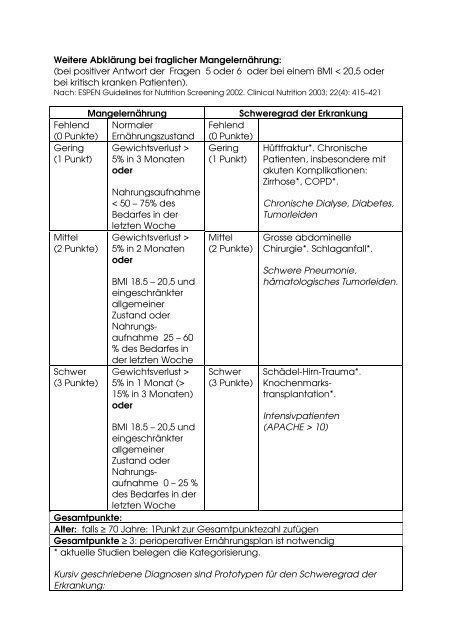

Used as a component of the BODE Index, which predicts adverse outcomes, including mortality and risk of hospitalization ( Celli 2004).Scores are associated with morbidity (hospitalization and adverse cardiovascular outcomes) and, in some studies, mortality.Scores are variably associated with patients’ perceptions of respiratory symptom burden or disease severity ( Rennard 2002).At least moderately correlated with healthcare-associated quality of life, particularly for patients with COPD ( Henoch 2016).Demonstrates at least moderate positive correlation with other dyspnea scores, including the baseline dyspnea index (BDI) and oxygen cost diagram (OCD) ( Chhabra 2009).FEV₁) for patients with respiratory disease due to COPD. If you are author or own the copyright of this book, please report to us by using this DMCA report form. Does not consistently correlate with spirometric measurements (e.g. This document was uploaded by user and they confirmed that they have the permission to share it.Does not capture patient effort, such that dyspnea from pulmonary disease (and not behavioral responses to disability) are reflected in mMRC Dyspnea Scale scores.Describes baseline dyspnea, but does not accurately quantify response to treatment of chronic obstructive pulmonary disease (COPD).The mMRC Dyspnea Scale quantifies disability attributable to breathlessness, and is useful for characterizing baseline dyspnea in patients with respiratory diseases. Subjects/methods: In total, 138 EC patients were enrolled in this study and evaluated by experienced nurses using three different nutritional screening tools, the Nutrition Risk Screening 2002 tool (NRS2002), the Patient-generated Subjective Globe Assessment (PG-SGA), and the Nutrition Risk Index (NRI).We compared sensitivity, specificity, posit.


 0 kommentar(er)
0 kommentar(er)
